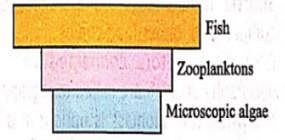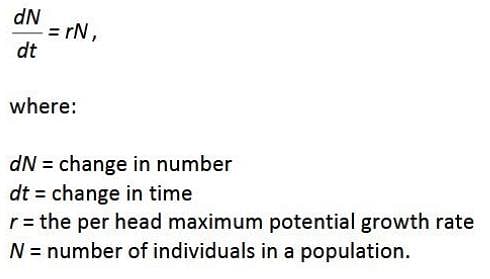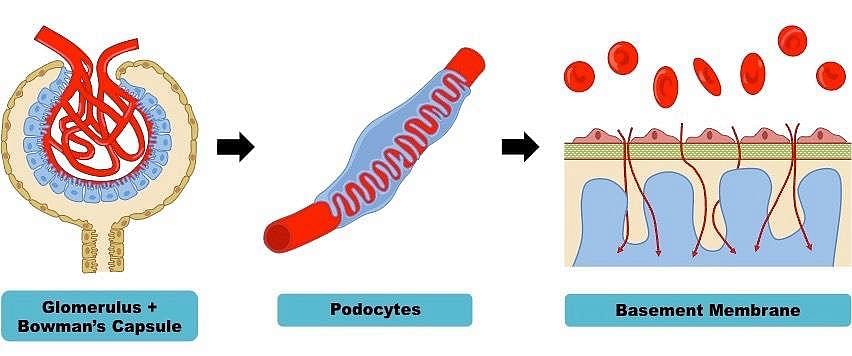Biology: Topic-wise Test- 6 - NEET MCQ
30 Questions MCQ Test - Biology: Topic-wise Test- 6
Which of the following is not a factor that affects Hardy-Weinberg equilibrium?
The following substances are the excretory products in animals. Choose the least toxic form among them?
| 1 Crore+ students have signed up on EduRev. Have you? Download the App |
Evolution of different species in a given area starting from a point and spreading to other geographical areas is known as
Interactions between different species living within a particular area may be:
A large regional unit characterised by a major vegetation type and associated fauna found in a specific climate zone constitutes:
In an open ocean, the biomass of primary producers (microscopic algae) is often lower than the biomass of higher trophic levels (zooplanktons and fish), as illustrated below by an inverted pyramid of biomass. How can there be enough food in an open ocean to support the higher trophic levels?

Which of the following is the basic unit of study of ecology?
Which growth pattern occurs when resources become progressively limiting in a population?
The presence of ketone bodies is an indication of which of the following diseases?
What is the place where a particular organism lives called?
If in a population, natality is balanced by mortality, then there will be
Which of the following is not included in natural selection?
The process of evolution of different species in a given geographical area starting from a point and radiating to other geographical area is called?
An age pyramid with a wide base and narrow top indicates a population that is:
Organism/s living as both producer as well as consumer is/are:
All of the following organs help in excretion except :
According to abiogenesis life originates from ______.
Any habitat can support growth of limited number of individuals only called?
Ecology is the study of the relationships between living organisms and:
Assume a thylakoid is somehow punctured so that the interior of the thylakoid is no longer separated from the stroma. This damage will have the most direct effect on which of the following processes?



















